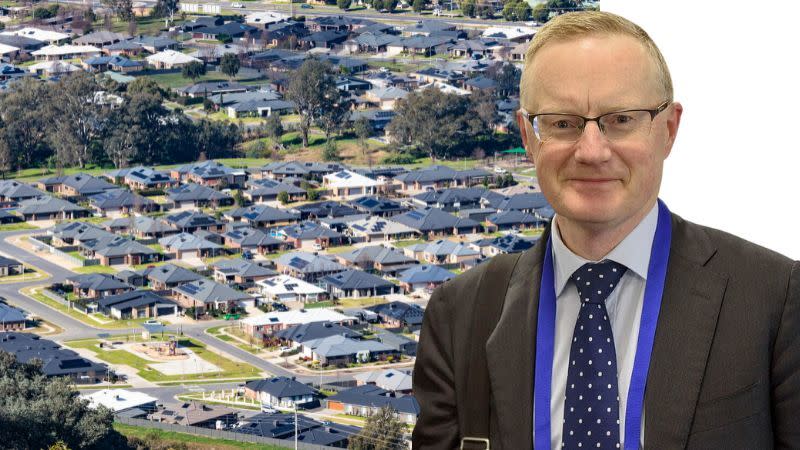Lowe Issues Warning as Interest Rates Hold Steady

The country’s 3.8 million mortgage holders got a much-need reprieve on Tuesday—for the second month in a row—as the Reserve Bank of Australia again decided to leave the country’s cash rate target unchanged at 4.1 per cent.
But while RBA governor Philip Lowe announced the respite would allow the bank further time to assess the full impact of the increase in interest rates, he warned further rate rises might be needed to bring inflation under control.
“Some further tightening of monetary policy may be required to ensure that inflation returns to target in a reasonable timeframe, but that will depend upon the data and the evolving assessment of risks,” the out-going governor said.
“In making its decisions, the Board will continue to pay close attention to developments in the global economy, trends in household spending, and the outlook for inflation and the labour market.
“The Board remains resolute in its determination to return inflation to target and will do what is necessary to achieve that.”
The bank’s move was largely expected, with the majority of economists forecasting rates would hold for the month.
Interest rates have risen 12 times in the past 15 months, increasing by four percentage points since May last year, in an attempt by the RBA to curb stubborn inflation.
“Inflation in Australia is declining but is still too high at 6 per cent,” Lowe said. “Goods price inflation has eased, but the prices of many services are rising briskly. Rent inflation is also elevated.”
Lowe said he did not expect inflation to return within the 2 to 3 per cent target range until late 2025.
CoreLogic’s research director Tim Lawless also remains cautious on future rate hikes.
“Considering the RBA is working with a mixed bag of key data sets that guide their decision making, another rate hike down the track remains a possibility,” he said.
“On one hand, we have a lower-than-expected inflation outcome for the June quarter supporting the hold decision, with headline inflation lower than RBA forecasts at 0.8 per cent, the lowest quarterly change since the third quarter of 2021.

“On the flipside, we have persistently tight labour market conditions, with unemployment at just 3.5 per cent alongside strong jobs growth, low productivity growth, and wages that are rising at well above the decade average.”
He said the decision to hold interest rates over the past two months was positive news for the housing sector.
“A growing expectation that interest rates have peaked, or are near a peak, should help to lift consumer sentiment from the recession-like lows that have persisted during the past nine months,” Lawless said.
“Generally, when sentiment is low, home sales are low and vice versa; so, any lift in sentiment is likely to be accompanied by a rise in active buyers and sellers.”
Ray White Group’s chief economist Nerida Conisbee said there were promising signs.
“Domestic travel, electricity and fuel costs all fell over the June quarter,” she said.
“The rapid increases in construction costs are nearing an end as demand softens and the cost of materials falls.”
However, Conisbee warned the big problem of house-rental increases remained.
“When advertised rents started to skyrocket, there is always a lag between advertised rents climbing and an increase in rents in already tenanted properties,” she said.
“It is the rents in tenanted properties that is used in the ABS inflation numbers. Increases in advertised rents are starting to slow but it will be some time before this slows down in the rental calculation used in the inflation numbers.”
Mortgage broking group Finsure said Lowe has faced intense pressure as the RBA repeatedly increased official interest rates to try and control runaway inflation.
“Given that inflation levels are lower, and the economy still hasn’t absorbed the full impact of previous interest rate rises, mortgage holders will be relieved the RBA has kept the pause button on for a while,” Finsure chief executive Simon Bednar said.
“While inflation is still above the RBA’s target range, retail sales are weaker and any further increases to the cash rate risk putting more pressure on the economy.
“I believe the move from next year to have a few two-month gaps between RBA board meetings will be beneficial as it will allow the central bank more time to assess the impact of its decisions.”
The September meeting of the Reserve Bank board will be Lowe’s last, after Treasurer Jim Chalmers announced last month that the governor would not be given a three-year extension to his term.
The bank’s deputy governor Michele Bullock is due to replace him.















